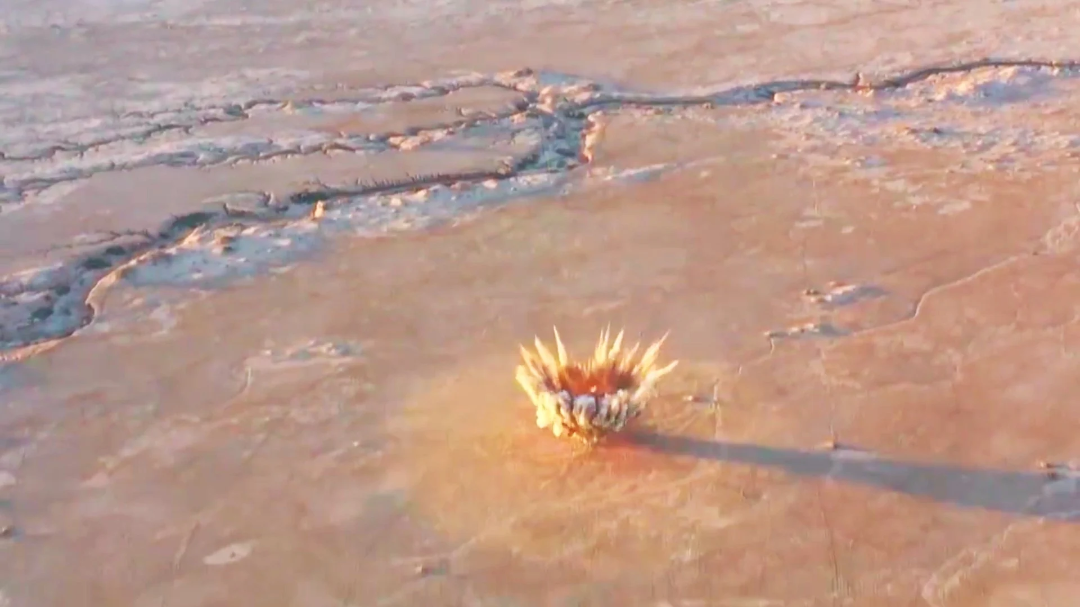Description

Disclaimer: Copyright infringement not intended.
Context: Iran claimed that it had created a hyper-sonic missile capable of travelling at 15 times the speed of sound.
More about the Fattah missile:
- The new missile - called 'Fattah,' means 'Conqueror' in Farsi.
- The said missile can acquire a speed of 5 times the speed of light and has a range of over 1400 Kms.
- It can travel at speeds of up to Mach 5.
Implications of the test:
- Regional diplomatic relations: Iran would open diplomatic posts in Riyadh, Saudi Arabia, after many years of detente with the latter, which might affect the ongoing diplomatic relations of Iran.
- US and Iran tensions: Easing tensions between the US and Iran after years of tensions over the sanctions and issue over The Joint Comprehensive Plan of Action, commonly known as the Iran nuclear deal or Iran deal might be reversed from the move.
- Threat to security in the Gulf region and the Suez Canal: With the enhanced defence capabilities of Iran, West might build more defence in the Middle East and the gulf region, which might raise security concerns and probable conflicts in the region.
- Proliferation of nuclear missiles: The Middle East is the home of multiple terrorist groups and the possession of missiles of such capabilities by Iran has the threat of such missiles being proliferated to the Terrorists organisations such as ISIS, Talibans etc.
The unveiling of Fattah is significant because Iran would become the first country in the entire Middle Eastern region to possess a hypersonic weapon that can have a speed of more than five times the speed of sound.
About Hypersonic missiles:
- Hypersonic weapons travel in excess of five times the speed of sound mach 5 and cover vast distances in minutes.
- They are Hard to stop and they fly and manoeuvre to avoid detection.
- They can also dodge defensive countermeasures.
Types of Hypersonic Missiles:
- Hypersonic Cruise Missiles (HCM): It is a cruise missile powerful enough to achieve hypersonic speeds of Mach 5 or higher.
- Hypersonic Glide Vehicles(HGV): The missiles possess a boost-glide system. Their launch is similar to a traditional ballistic missile. The re-entry vehicle is put on a trajectory, instead of following an arc high above the atmosphere , which allows it to enter Earth’s atmosphere quickly.
Hypersonic missiles India:
- India has launched the Hypersonic Technology Demonstrator Vehicle (HSTDV) programme, under which it is developing an indigenous, dual-capable hypersonic cruise missile.
- India successfully tested a Mach 6 scramjet in 2019 and 2020.
- The BrahMos, a supersonic cruise missile, will also be developed in a hypersonic version.
- Hypersonic technology so far has been developed and tested by both DRDO and ISRO India.
Conclusion:
Missiles are only as good as they are limited to the purpose of strategic deterrence and a defence mechanism. However, global watchdogs and communities must ensure that missiles do not proliferate into the hands of non-state actors.
|
PRACTICE QUESTION
Q) Consider the following statements about Fattah missile;
- It is a supersonic ballistic missile tested by Iran.
- The missile can acquire a speed of 15 times the speed of light and has a range of over 1400 Kms.
Which of the above statements are correct:
- 1 only
- 2 only
- Both
- None
Ans: 2
|

https://epaper.thehindu.com/ccidist-ws/th/th_delhi/issues/38738/OPS/GBHBATCV4.1.png?cropFromPage=true
















